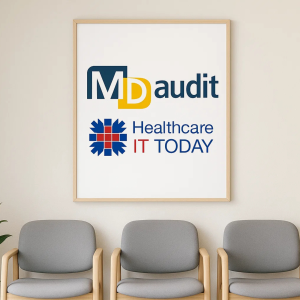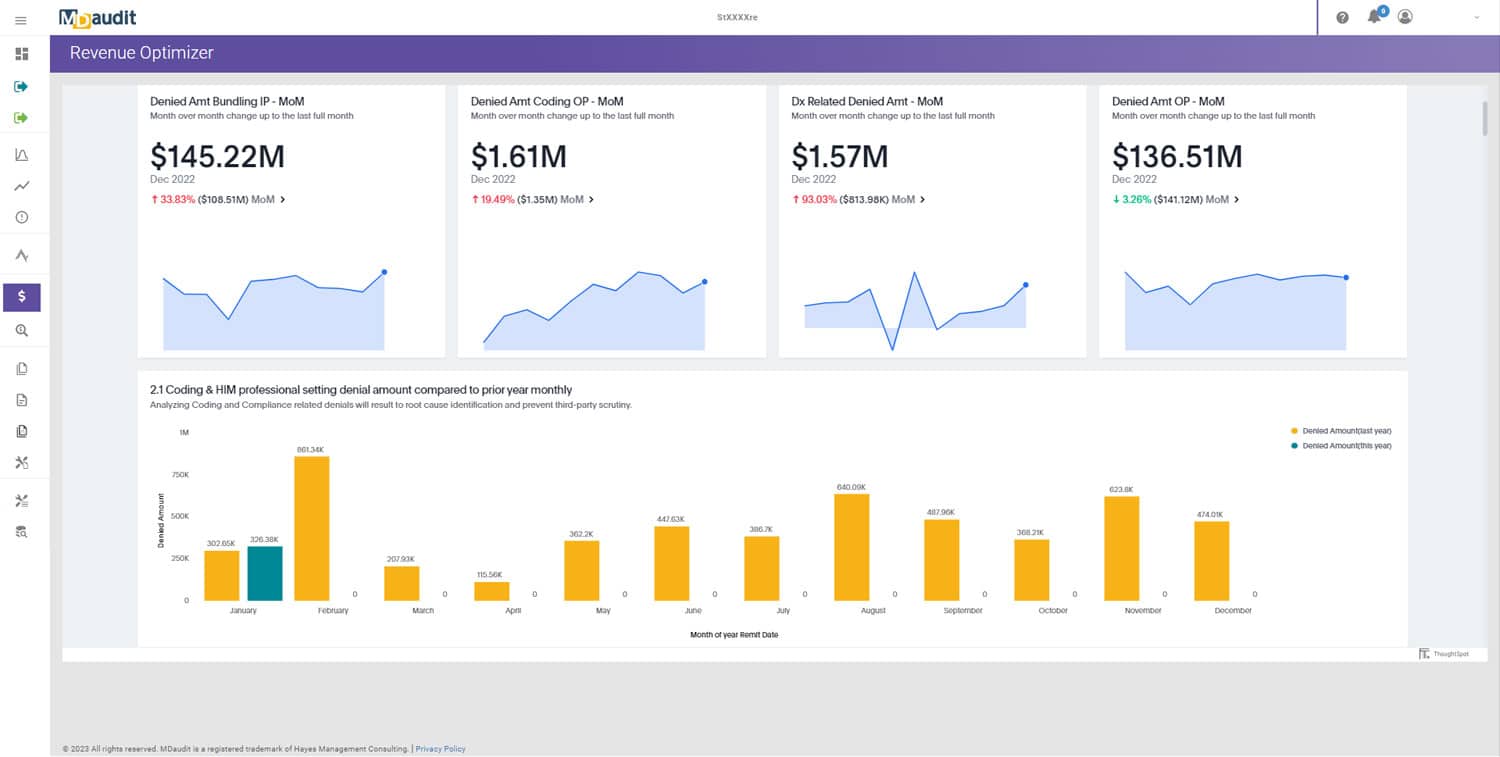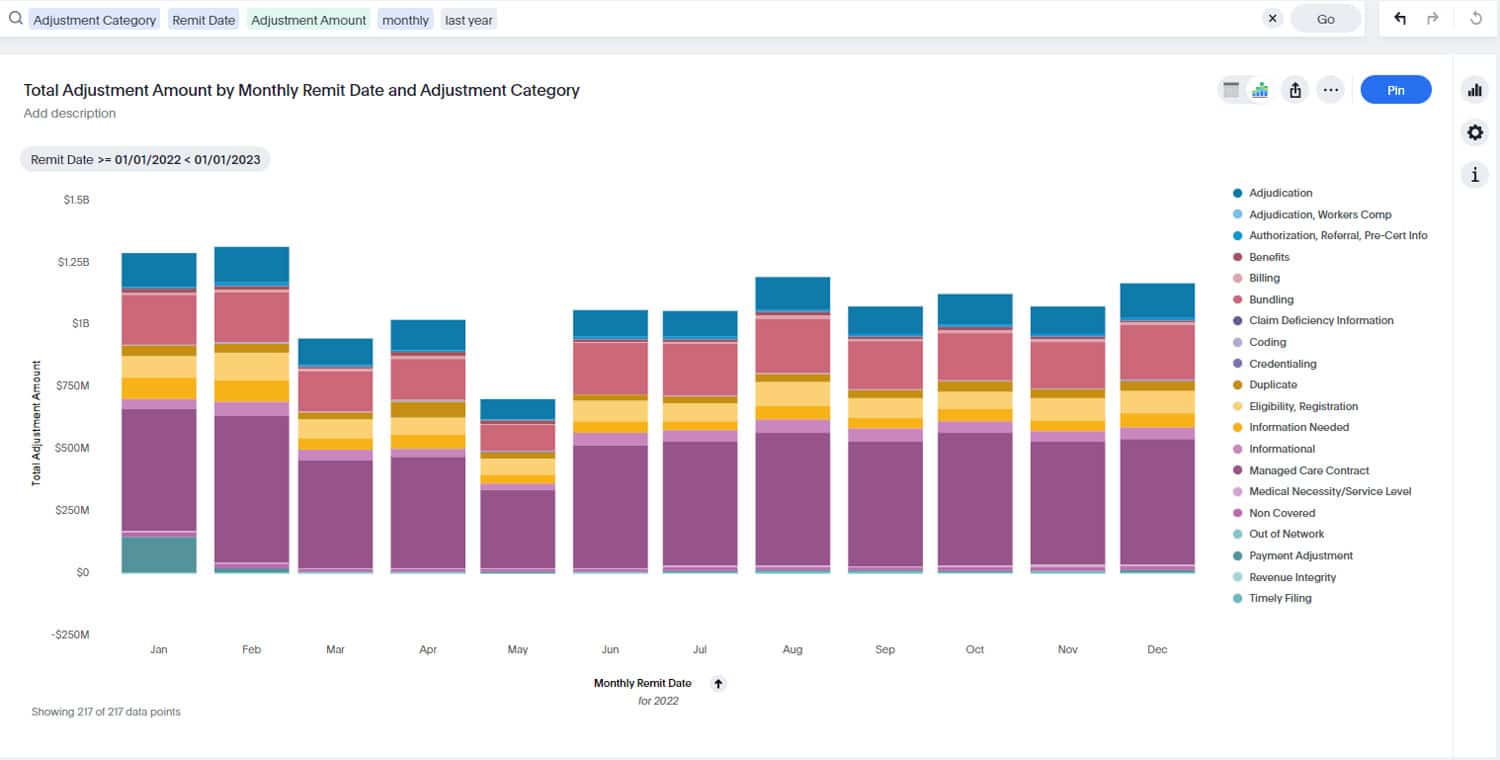Payer audits are no longer occasional disruptions—they have become a permanent feature of the healthcare revenue cycle. Medicare contractors, Medicaid managed care organizations, and commercial carriers are all intensifying their oversight. By deploying analytics to flag high-cost providers, service lines, and claims. For providers, this means a steady stream of audit requests, denials, and takeback demands.
The impact is felt everywhere: delayed reimbursement, administrative strain, compliance exposure, and financial unpredictability. Yet focusing only on the risks misses a bigger opportunity. Payer audits are also signals—rich sources of intelligence about carrier behavior, policy enforcement, and contract leverage.
When managed effectively, payer audits become more than compliance exercises. They become a continuous learning loop that reduces risk, strengthens education, improves cash flow, and equips leaders with evidence in payer negotiations. With MDaudit’s Payer Audit Management, Audit Workflows, and Revenue Optimizer, external reviews transform into an internal advantage.
Why Payer Audits Are Escalating
Rising Healthcare Spend
Payers face relentless pressure to contain costs. Audits are among their most effective tools to enforce medical necessity, reduce overpayments, and revenue clawbacks.
Policy Complexity
Frequent updates to Medicare LCDs/NCDs, shifting commercial payer rules, and varied Medicaid MCO requirements create layers of vulnerability. Providers often struggle to stay ahead, and payers exploit the gaps.
Data-Driven Targeting
Payers now use predictive analytics to target providers and claims with the highest denial or takeback potential. Hospitals and physician groups performing complex, high-cost services often find themselves in the crosshairs.
Regulatory Accountability
CMS and state Medicaid programs mandate recovery audit efforts. This regulatory expectation increases audit volumes year over year.
For providers, this reality demands a structured, technology-enabled approach to payer audit management.
The Hidden Value in Payer Audits
While payer audits are stressful, they also offer strategic intelligence:
- Focus Areas: Audits reveal which services and codes are attracting scrutiny—pharmacy, infusion therapies, advanced imaging, or DRGs.
- Policy Enforcement: Audit findings show how carriers interpret clinical guidelines and apply contract language.
- Cross-Payer Inconsistencies: When one payer denies a service that all others reimburse, it’s a negotiating point.
- Early Warning Signals: An uptick in audit activity around a service line may foreshadow future denials or policy shifts.
The challenge is capturing, centralizing, and analyzing this intelligence at scale. That’s where MDaudit’s Payer Audit Management provides value.
How MDaudit Transforms Payer Audit Management
Centralized Audit Tracking
No more spreadsheets or email chains. Every payer audit request is logged in one platform, with details on payer, claim type, service line, timelines, and responsible staff.
Automated Workflows
Through Audit Workflows, audit requests route automatically to coders, compliance officers, or physicians. SLAs ensure deadlines are met, and escalation rules prevent missed responses.
Outcome Intelligence
Audit results are not buried in case files. They are coded, categorized, and aggregated. Leaders can identify systemic payer focus areas and internal vulnerabilities.
Financial Transparency
Revenue Optimizer links audit outcomes to dollars, quantifying exposure, takebacks, and appeal success rates. Executives see the financial impact in real time.
Integration Into Prevention
Insights flow back into Coder Workflow and denials prevention initiatives. Issues uncovered by payers inform coder education, provider documentation, and contract strategy.
Common Payer Audit Challenges
Pharmacy and Specialty Drugs
High-cost infusion therapies are prime audit targets. Payers challenge medical necessity, diagnosis specificity, or site-of-care justification. MDaudit flags these patterns, guiding education and negotiation strategies.
DRG Downgrades
Medicare Advantage and commercial carriers often downgrade claims by removing MCC/CCs. Audit evidence helps organizations differentiate between documentation gaps and payer aggressiveness.
Imaging and Site-of-Care Restrictions
Audits frequently target outpatient imaging and infusion services in hospital departments. Cross-payer analytics show whether a single payer is an outlier, supporting negotiation leverage.
Prior Authorization Gaps
Many payer audits center on missing or invalid authorizations. By analyzing audit outcomes, organizations strengthen scheduling workflows and build a defensible record against inappropriate denials.
Governance and Best Practices
Establish Cross-Functional Oversight
Bring together compliance, HIM, revenue integrity, finance, and managed care in a payer audit steering committee.
Define Clear Roles
- Compliance: ensure defensibility and regulatory alignment.
- HIM: analyze coding vulnerabilities.
- Revenue Integrity: quantify financial impact.
- Managed Care: escalate systemic issues to negotiations.
Cadence and Reporting
- Weekly: review open audits and deadlines.
- Monthly: summarize audit trends and financial exposure.
- Quarterly: deliver executive reports linking audits to payer strategy.
Escalation Pathways
Ensure every payer audit with systemic implications is elevated to managed care leadership for inclusion in contract discussions.
Executive Perspectives
CFOs and Finance Leaders
Audit intelligence allows finance leaders to forecast reserves, anticipate cash exposure, and model improvements from prevention strategies.
Compliance Officers
A centralized audit trail demonstrates proactive management and defensibility during regulatory reviews.
HIM and Coding Leaders
Audit outcomes translate into targeted coder education. Rather than generic refreshers, coders receive case-based learning aligned with payer focus areas.
Managed Care Executives
Audit findings are negotiation leverage. Data transforms payer conversations from anecdotal disputes into evidence-based contract discussions.
Future Outlook: Predictive Audit Management
With AI-Powered Technology, the future of payer audit management is predictive:
- Forecasting Audits: Machine learning identifies claims most likely to be audited.
- Early Warning Signals: Analytics detect payer policy shifts before they impact denials.
- Clustering Insights: AI groups similar audits across carriers, revealing systemic payer strategies.
- Negotiation Playbooks: Automated reports summarize evidence, financial impact, and recommended positions for payer meetings.
This evolution shifts audits from a reactive burden to a proactive advantage.
From Defense to Advantage
Payer audits are not going away. The question is whether organizations will continue treating them as costly, disruptive events—or transform them into continuous intelligence loops that drive compliance, education, prevention, and negotiation.
With MDaudit, the answer is clear. Payer Audit Management, Audit Workflows, and Revenue Optimizer empower providers to manage audits efficiently, capture insights, quantify impact, and strengthen payer relationships.
To see how your organization can harness payer audits as an internal advantage, visit our demo request page or contact us.







